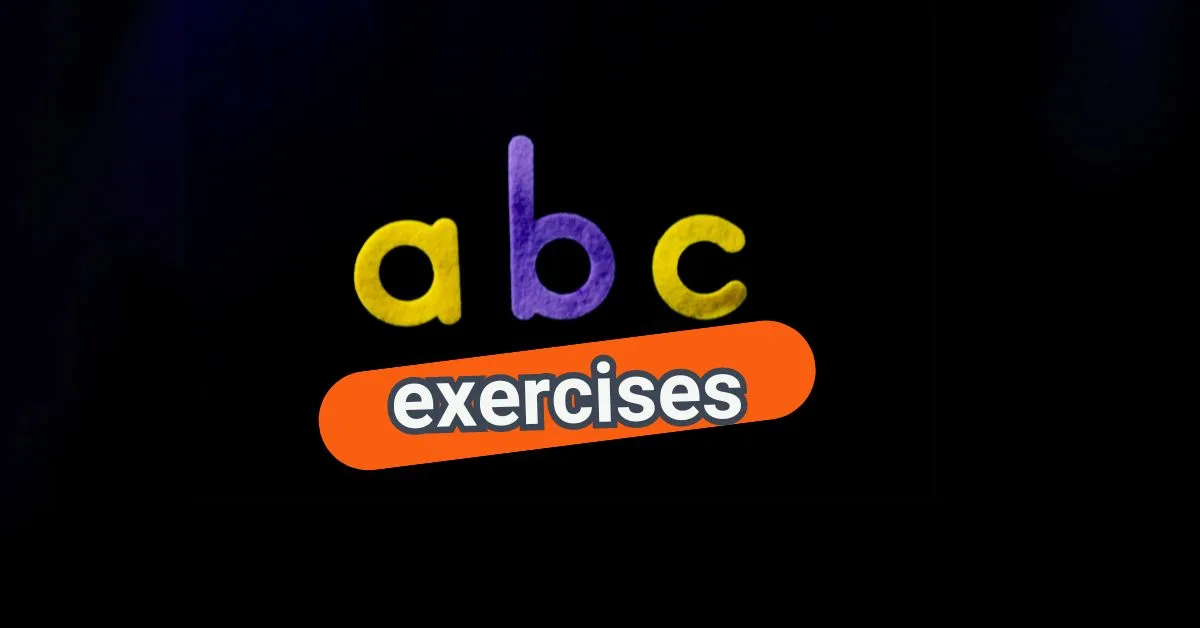Spanish emotion vocabulary, and mastering how to express emotions is a must. Emotions are one of the most essential vocabulary topics when learning a new language — and Spanish is no exception!
Whether you’re cansado or cansada, it’s important to know how to describe your feelings using the correct gender. These videos will help you build vocabulary, improve listening comprehension, and train your pronunciation through native-paced repetition.
In this lesson, you’ll learn how to express 21 different emotions in both masculine and feminine forms through guided video repetition.
We’ll guide you through some of the most common Spanish emotion words. And then, complete the lesson with an short audio practice, to help you improve your pronunciation and listening comprehension.
Let’s dive into some real Spanish practice that you can use in everyday conversation.
Objective of This Exercise
Our goal is to help you:
- Recognize and understand the most common emotions in Spanish
- Learn how these emotions change depending on gender
- Practice listening, pronunciation, and spelling
- Use real-life vocabulary that you’ll hear in everyday conversation
- Learn 21 common Spanish emotions
- Understand gender agreement in adjectives
- Practice real-time repetition with guided audio
This post includes two complete audio videos (one for masculine, one for feminine forms) to help reinforce your vocabulary through repetition and immersion.
Complete List of Emotions You’ll Learn
Here is the list, including the spanish masculine and feminine forms with their English meanings in brackets.
- feliz / feliz (happy)
- triste / triste (sad)
- enojado / enojada (angry)
- nervioso / nerviosa (nervous)
- emocionado / emocionada (excited)
- asustado / asustada (scared)
- confundido / confundida (confused)
- sorprendido / sorprendida (surprised)
- aburrido / aburrida (bored)
- cansado / cansada (tired)
- preocupado / preocupada (worried)
- relajado / relajada (relaxed)
- orgulloso / orgullosa (proud)
- avergonzado / avergonzada (ashamed)
- frustrado / frustrada (frustrated)
- celoso / celosa (jealous)
- tímido / tímida (shy)
- satisfecho / satisfecha (satisfied, pleased)
- agradecido / agradecida (thankful)
- decepcionado / decepcionada (disappointed)
Spanish emotion vocabulary. How to Use These Videos
Each word is repeated three times with pauses in between. Here’s how you can practice:
- Listen carefully to each emotion.
- Repeat out loud after each one.
- Write down the word you heard (great dictation practice!).
- Focus on accents (tildes) and spelling.
- Compare the masculine and feminine forms to see how they change.
🔁 Don’t worry if you don’t catch it the first time — replay the video as many times as needed.
Watch and Practice the Emotions
🔹 Masculine Version:
This video takes you through all 21 emotions with a structured rhythm for listening and repeating.
🔹 Feminine Version:
Same emotions, this time in the feminine form, helping you learn to identify patterns in gender agreement.
🔁 Related Practice Activities
If you enjoyed this, be sure to check out our other vocabulary-building activities:
📣 Don’t Miss New Lessons!
We regularly post videos, articles, and challenges to help you grow your Spanish naturally.
📺 Subscribe to our YouTube channel:
SpanishNOW on YouTube
Final Thoughts
Learning emotions in Spanish helps you express how you feel, understand others better, and engage in real conversations with confidence. These 21 emotions are used all the time in daily life — the more you repeat and use them, the more natural they’ll feel.
👉 Watch the videos, speak them out loud, write them down — and revisit them often!
You’re doing great — ¡sigue adelante


